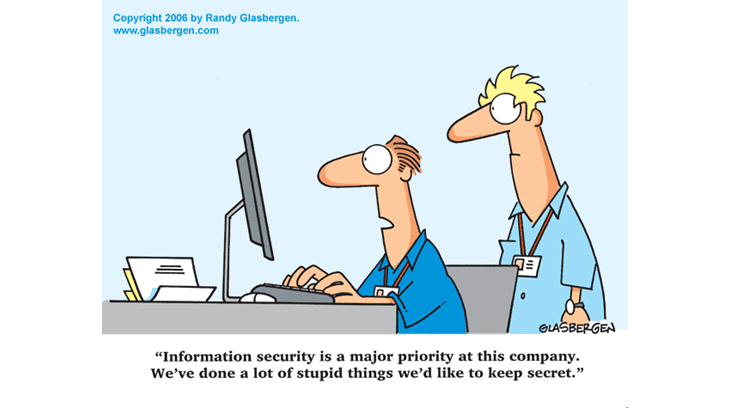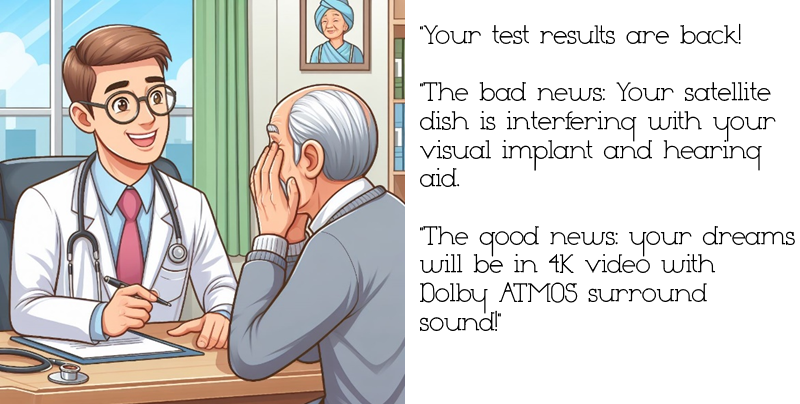Digital Transformation 2.0 and Digital Disruption
Interviewer: What is the difference between Digital Transformation 1.0 vs 2.0?
WaiKong Chia:
The first wave of Digital Transformation dealt with small changes, mostly with back-of-house systems like Enterprise Resource Planning (ERP) or Customer Relationship Management (CRM) or, more recently, Digital Marketing solutions.
That was DX 1.0 which was technology and process-focussed.
According to Forbes Magazine, up to 70% of such projects have failed. Even though some of these projects were customer-centred and had top management support, they were not end-to-end and the Employee was only told to use the new system.
In Singapore, Microsoft found out that the biggest cause of Digital Transformation failure in SMEs is employee resistance. You know people hate to be told what to do.
In another story, Wall Street Journal reported that Tesla Motors, the famous electric car manufacturer in US, had a group of angry customers because Tesla did not put enough consideration into ensuring quick repair of damaged cars.
Even the best companies fail to plan the end-to-end customer journey because Marketing, Sales and Customer Care are 3 different departments. But remember, they deal with one customer, and that customer sees your company as a single brand.
Digital Transformation 2.0 addresses those key failures, it is end-to-end and, very importantly, includes the employee element.
Interviewer: How is Digital Transformation 2.0 relevant to Myanmar?
WaiKong Chia:
Fortunately, you do not need to start with 1.0 to progress to 2.0. Myanmar can learn lessons from others and jump to DX 2.0.
When planning the customer journey, plan with the product lifecycle in mind. Consider customer touchpoints from marketing to purchase to support, even to disposal and recycling.
Better yet, digital allows your company to engage your satisfied customers and let them amplify your brand through social media.
When designing the systems and business processes, involve your employees. Ask them what they will need to do their jobs better.
When I did a large Digital Transformation project in Hong Kong, employees wanted to have the latest product information and to be trained as part of the transformation.
E-learning is key nowadays because employees can learn anytime, anywhere, at their own speed. Engaged employees are happier and more productive.
Customers are important but enabled and loyal employees are your most valuable assets.
Interviewer: How does Digital Transformation 2.0 enable Business Disruption?
WaiKong Chia:
Having an end-to-end view of the business will help a company to design better products, better processes. For example, one telecom operator was selling 4G SIM cards. It turned out the area’s 4G antenna was not up yet. So customers who bought 4G SIMs complained on social media. In the past, such complaints would have been ignored or would have been lost between departments. Having done the end-to-end transformation, the operator took that feedback from the support team and quickly halted sales till everything was ready. That averted a Public Relations disaster.
DX 2.0 is also about having a dialogue with the customer. With DX 2.0, the customer can co-create with your company to build the next product. I have worked with ACER computers and some mobile operators where customers give ideas for new products and services using communities and social channels.
KoneSi is using DX 2.0 to allow SMEs to pay for Transportation-as-a-Service. It’s like Grab taxi for trucks. Quick matching of supply and demand using data analytics means SMEs do not need to own trucks. That capital can now be used for their core businesses. KoneSi, Recyglo are using DX 2.0 effect to disrupt the old company truck ownership model.
Myanmar can be a leader in some of these business disruptions because you are creating new companies and building new systems. You are not burdened by legacies.







I discovered your website from Google and also I need to state it was a terrific
locate. Thanks!
Hi there! Such a good short article, thank you!